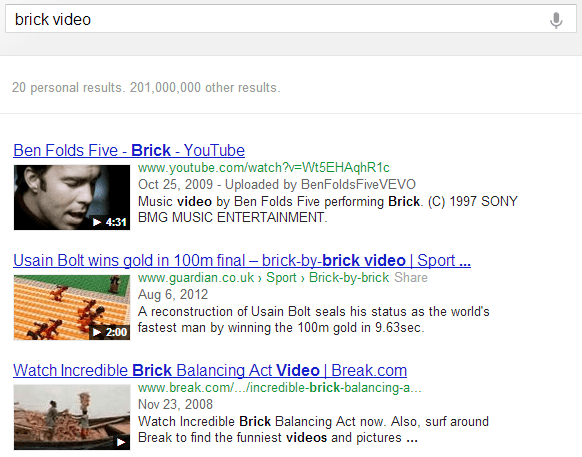For several years now, videos have been well accepted as tools to help your website rank better. However, there is a widespread lack of understanding about exactly what must be done to make it work properly.
This post covers the four most important items to include in your Video SEO checklist.
Self-Hosted Videos
Opinions vary widely about what is the most effective for video marketing, posting to YouTube or hosting locally.
There are benefits from both, but if your goal is to drive organic traffic using videos, self-hosted is the way to go.
For embedded YouTube videos, Google will only see a page with an iFrame in the middle for organic ranking.
The true SEO benefit of the video itself remains on YouTube.
The page may still rank based on the content you include (more on this later), but the video will not contribute to that ranking if served up in an iFrame.
YouTube is a valuable resource, and one from which a lot of us can derive tremendous value. But to maximize the SEO potential of a video on your own site, you need to host locally.
Video XML Sitemap
As with a standard XML sitemap for website pages, a Video XML Sitemap is a no-brainer for sites that employ videos heavily.
he Video XML Sitemap is structured differently than a standard sitemap, and its sole purpose is to help Google crawl and rank content that includes videos better.
These sitemaps use a slightly different structure than the standard version.
According to Google’s Guidelines on Video XML Sitemaps, the following information should be included for each URL entry:
- Title
- Description
- Play page URL
- Thumbnail URL
- Raw video file location and/or the player URL (SWF)
Take time to read through the guidelines linked above.
It specifies what filetypes they can crawl, video-specific tags to use, and the limits on how many entries to include (hint: 50,000 entries is the maximum allowed).
On-Page Content: Transcripts
Whether you choose to self-host or embed from YouTube or another service, I strongly encourage you to transcribe the contents of the video and format it for posting to the page where the video resides.
This is a great way to expand the keywords the page might rank for, indicate to Google what the actual contents of the video itself might be, and help you rank for long-tail queries.
Of course, transcripts might be easy answers, but they are not the only option.
You could build a landing page around the video. The page could expand on the contents of the video.
You could build it into a blog post that analyzes the commentary in the video.
Heck, if you can dream it up, there’s a good chance you can put something together that will help your site rank
Rich Snippets
Back in February of 2012, Google, Bing, and Yahoo! all announced that they have added support for schema.org video markup.
This is a huge benefit to marketers who employ videos heavily.
With the rich snippets properly deployed, you can have videos show up in SERPs with a video thumbnail and play button.
This is a great addition, because it can serve to increase clicks on the video itself.
Do a Google search on nearly any topic and include the word “video” in the query, and you can see how it works for yourself.
I did a quick search for a random term “brick video”, and the image below was what came up. Powerful stuff, isn’t it?
Summary
As with any search engine optimization related topic, there are countless other small tips and tricks that can help move the needle. What else have you used to rank video content successfully?
Tommy Landry
Latest posts by Tommy Landry (see all)
- B2B SEO in 2025: Winning Visibility in AI-Curated Buyer Journeys - December 16, 2025
- Local SEO Meets AEO and GEO: How AI Platforms Read Local Authority Signals - December 9, 2025
- What Is an SEO Proposal and What Should It Include? - December 2, 2025





